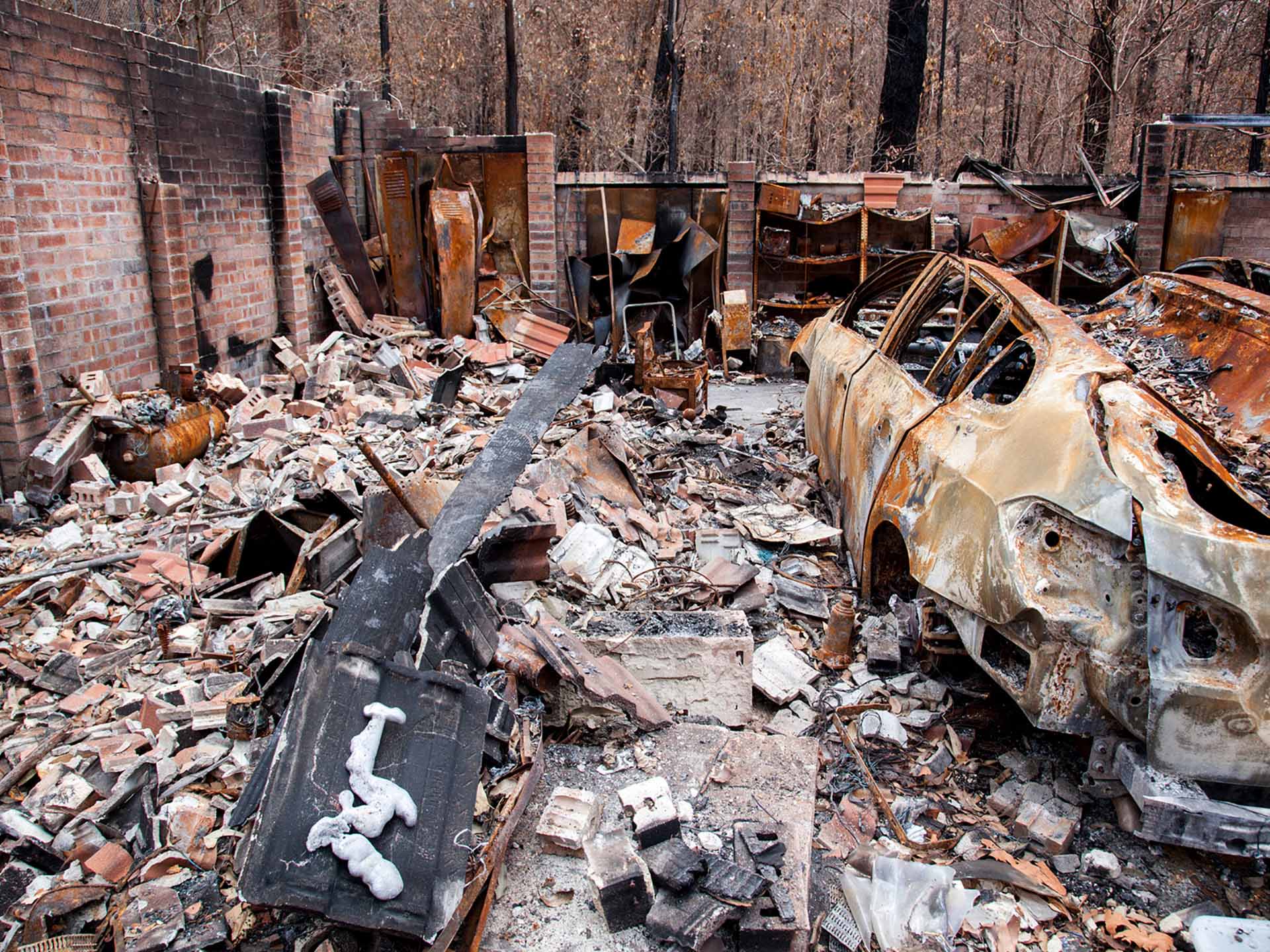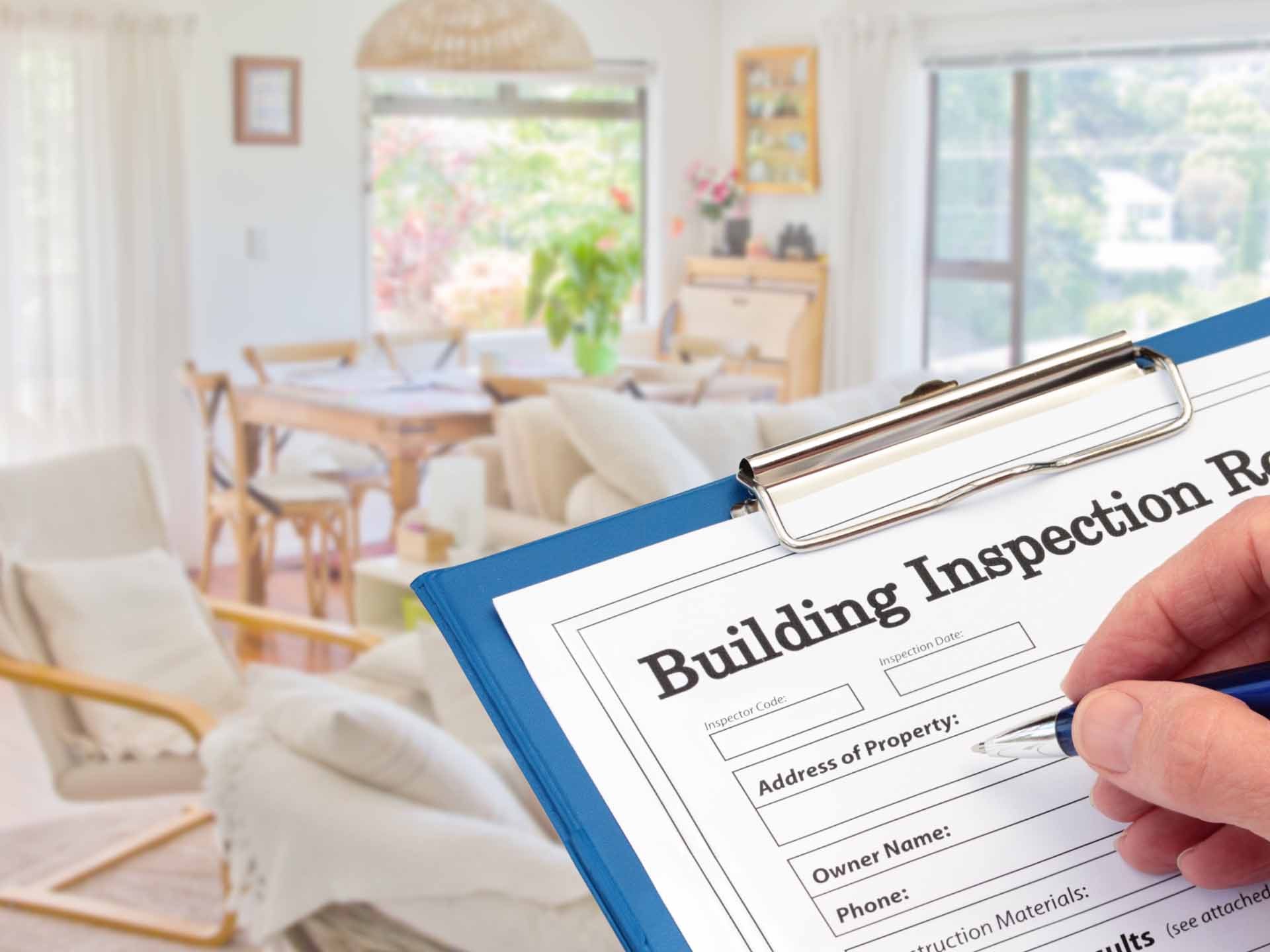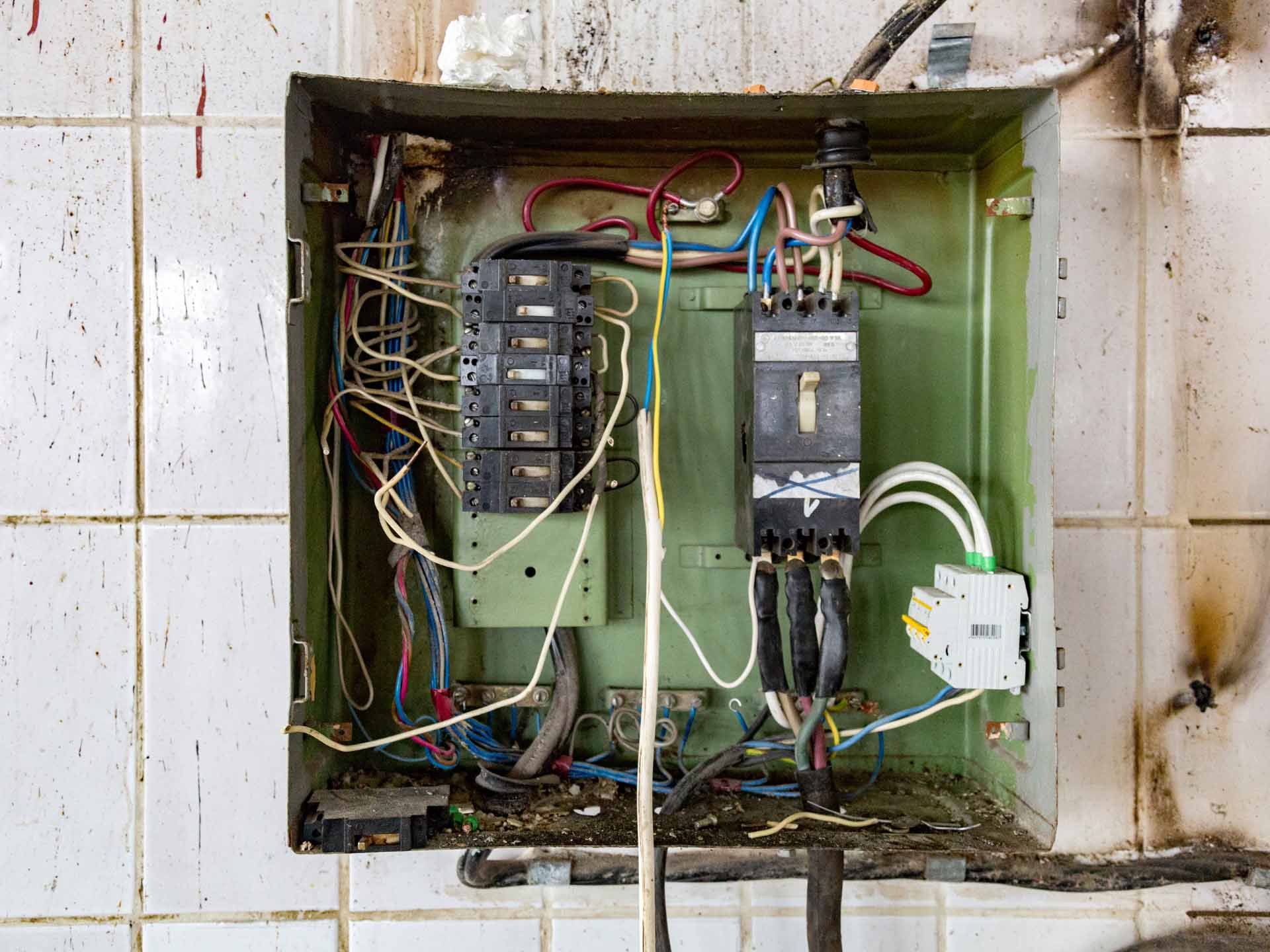Tips for buying a home

The booming real estate market continues to dominate headlines, with plenty of first home buyers looking to get a foot on the property ladder now competing with those wanting to upgrade the family home or expand their investment portfolio.
Buying a home is the biggest purchase that most of us will ever make, and low interest rates have generated a level of buyer interest not seen in recent years. Many buyers are now on the open inspection treadmill looking for their next potential purchase, with wish lists that include a large block, big bedrooms, good schools, or open living – but what else should they consider?
Recent makeover
It is common for a lot of sellers decide to complete those odd jobs that have remained unfinished for weeks, months and even years. That is great news for a buyer because it means less work, but at times a makeover might actually be done to mask sinister problems lurking underneath the surface or out of eyesight. Plenty of buyers have been left with issues that were not obvious when they signed on the dotted line, and include termite damage, bogged up cracks, salt damp, rotted timbers and corroded steelwork.
Signs of wear
We all start to show signs of age as we get older, and a house is no different. A property that shows obvious signs of lack of maintenance should serve as a warning that serious and expensive hidden repairs might be required shortly. Similarly, a property that shows tender loving care can serve as a sign that it has been well maintained.
Damp proofing
Damp proofing is a type of moisture control that is applied to a home's walls and floors to prevent moisture from passing into the interior spaces. When looking at a possible purchase, check to see if the damp proofing – a plastic lining under the bottom row of bricks - is below existing paving or soil, because if it is it is no longer protecting a home. Rising dampness or even termite attack could be happening.
Moisture
It is important for homes to be well ventilated and free of as much moisture build up as possible. A musty smelling room could be an indication of an underfloor ventilation problem, and confined are spaces combined with moisture can often attract termites.
Large trees
Large trees might offer amazing shade and a great natural aspect, but they can also be the cause of a number of serious problems that can be costly to fix and potentially reduce the value of a home. It is common for their well-established root systems to block drains, cause damage to paths and can even undermine house footings. If there is a home of interest that has large trees close by, remember that these might be impacting on stormwater, sewer drains, and foundations.
Stormwater
When it comes to stormwater, the aim is to channel it away from the slab or footings of a home so it can stay dry and sound. When wandering around outside an open inspection, consider if there are any downpipes that don’t connect to the system, and whether stormwater is pooling near the home.
Soil movement
Big sections of SA, and indeed a lot of the metropolitan area, has been built on highly reactive clay. As a result, plenty of homes show signs of structural movement due to the swelling and drying of these reactive soils. There are some tell-tale signs that might suggest that serious subsidence has occurred and more investigation might be necessary. Uneven margins around doors and sticking windows are sometimes telling signs that the home has experienced movement.
Broken rafters
Spotting a broken rafter or cracked underpurlin is really a job for an expert, but take time to stand back and look at the roofline from the outside to see if there is any obvious sagging along the ridges or hips.
Electrical wiring
Most older homes have seen upgrades made to their wiring and the installation of a safety switch. Play it safe and open the electricity box – if it still has out-dated ceramic fuses it could indicate that the wiring will need an expensive upgrade.
When in doubt
Don’t leave such an important purchase to luck, because unexpected repairs can be costly and disruptive. Engage an experienced building consultant to look for problems lurking below the surface, and remember that any concerns highlighted by an inspection don’t have to mean the end of the sale – it just helps a buyer in the decision making process.
Choose a trusted Building Inspector from our Membership before purchasing your next property.


.png)





